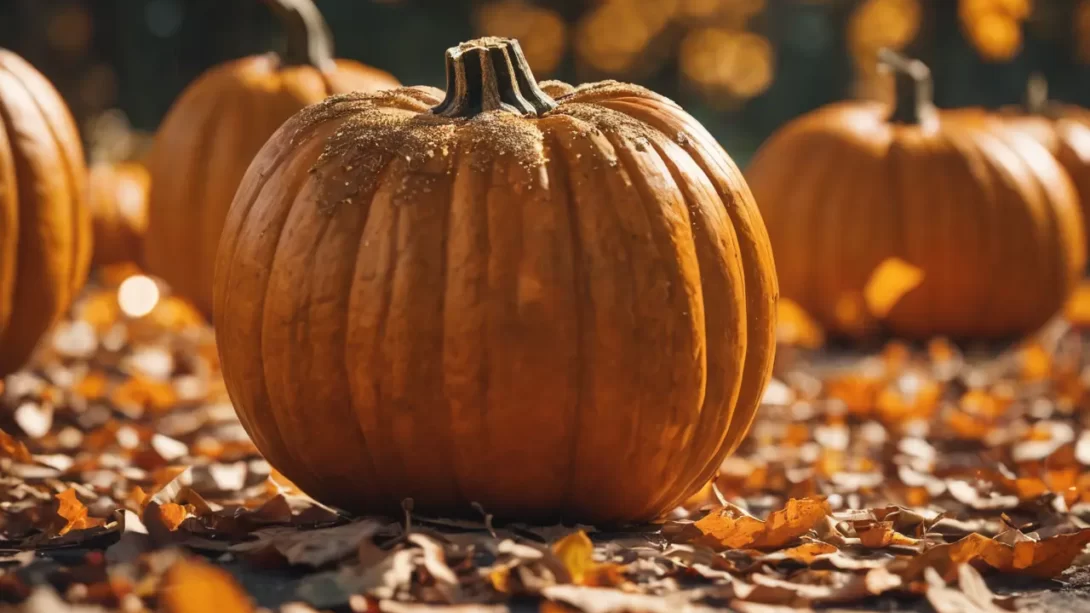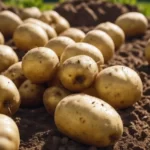Pumpkins, with their vibrant colors and association with fall festivities, are often central to seasonal decorations and culinary creations. However, they can be prone to damage, whether from an accidental drop, environmental factors, or during transportation. Fixing a broken pumpkin is not only important for preserving its aesthetic appeal but also for extending its usability, especially during peak seasons like Halloween and Thanksgiving. This article provides effective methods for repairing broken pumpkins, ensuring they continue to be a part of your autumn celebrations.
Assessing the Damage
Before attempting any repair, it’s crucial to assess the extent of the damage to the pumpkin:
- Type of Damage: Identify if the pumpkin has a crack, a clean break, or is partially crushed. The type of damage will determine the best method of repair.
- Severity: Evaluate how severe the damage is. Small cracks or a single clean break are typically easier to fix compared to a pumpkin that is crushed or has multiple fractures.
- Handling Precautions: When inspecting the damage, handle the pumpkin gently to prevent worsening the cracks or breaks. Use clean hands or gloves to avoid introducing bacteria into any open areas, which can accelerate rotting.
Methods for Repairing Broken Pumpkins
Several techniques can be employed to fix a broken pumpkin, depending on the type and severity of the damage:
- Using Toothpicks or Skewers: This method works well for minor cracks or splits. Insert toothpicks or skewers across the crack to hold the pieces together. Trim any excess length for a neater appearance.
- Adhesive Tapes or Glues: For clean breaks, clear adhesive tape or a strong glue suitable for organic materials can be used. Ensure the edges of the break are aligned properly before applying the adhesive. For tape, wrap it securely around the pumpkin to hold the pieces in place.
- Wax or Paraffin Treatment: Small cracks can be sealed using melted wax or paraffin. This not only holds the crack together but also creates a barrier against moisture and bacteria.
Each of these methods has its advantages and limitations, which should be considered based on the specific condition of your pumpkin.
Preventive Measures and Care
To minimize the risk of pumpkin damage, certain preventive measures can be taken:
- Careful Handling: Always handle pumpkins gently. Their skin can be quite delicate, and rough handling can lead to bruises or cracks.
- Proper Storage: Store pumpkins in a cool, dry place. Avoid stacking them on top of each other, as the weight can cause the bottom pumpkins to crack or get squashed.
- Avoid Extreme Temperatures: Sudden changes in temperature can cause the pumpkin’s skin to crack. Keep pumpkins away from direct heat sources and out of freezing conditions.
- Regular Inspection: Regularly check stored pumpkins for any signs of damage or rot. Early detection can prevent the spread of decay.
Caring for a Repaired Pumpkin
After repairing a pumpkin, some care is required to ensure it lasts as long as possible:
- Avoid Moisture: Keep the repaired area dry. Moisture can weaken adhesives and promote mold growth.
- Limit Sun Exposure: Excessive sun can hasten the decomposition process, especially at the site of the repair.
- Gentle Use: Handle the repaired pumpkin with extra care to avoid reopening the repaired cracks or breaks.
Alternative Uses for Damaged Pumpkins
If a pumpkin is too damaged to be effectively repaired, it can still be put to good use:
- Cooking: Damaged pumpkins can still be edible. The undamaged flesh can be used in recipes like pies, soups, or roasted pumpkin seeds.
- Composting: Add broken pumpkins to your compost pile. They are rich in nutrients and break down easily.
- Animal Feed: Some animals, such as chickens and pigs, can safely consume damaged pumpkins.
Conclusion
Repairing a broken pumpkin can often be a straightforward process, enabling you to salvage a pumpkin that might otherwise have been discarded. Whether using toothpicks, adhesive tape, or wax for minor repairs, the key is to handle the pumpkin gently and address any damage promptly. By following the preventive measures and care tips provided, you can extend the life of your pumpkins, ensuring they remain a vibrant part of your fall decorations or culinary creations.
Remember, while not all damage is preventable, careful handling and proper storage can significantly reduce the risk of cracks or breaks. If you do encounter a damaged pumpkin, assess the extent of the damage to determine the most appropriate repair method. And, if the pumpkin is beyond repair, consider alternative uses such as cooking, composting, or as animal feed, to avoid waste.
Pumpkins, with their association with fall festivities, are more than just decorations; they are a symbol of the season. By understanding how to fix and care for broken pumpkins, you can continue to enjoy their presence throughout the season. So next time you find a cracked or broken pumpkin, remember that with a little care and creativity, it can still be a valuable addition to your fall celebrations.



